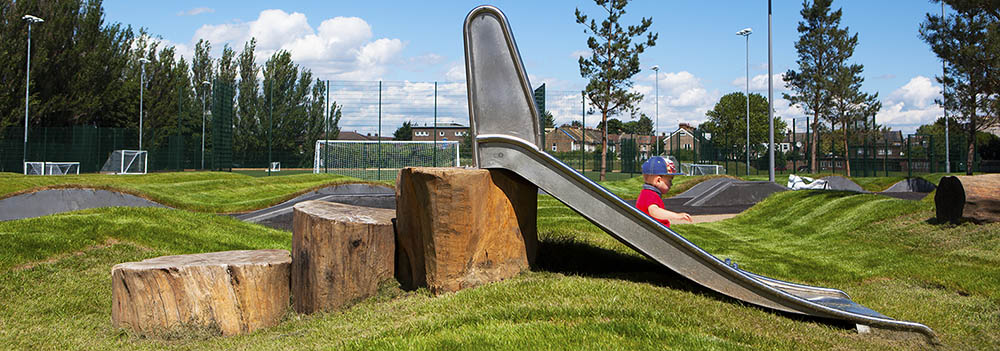Active play refers to any activity or game played by children that requires the use of physical movements, giving children the opportunity to develop physically, while also offering some mental development benefits. While active play has always played a large role in the development of young children, it is particularly important to make time for it as children become increasingly sedentary. Not only is childhood obesity becoming a growing concern but by spending time indoors, children can be deprived of the vital benefits offered by active play.
Physical Benefits
The most obvious benefit of active play is that it supports the development of both fine and gross motor skills. Through various active games and the use of playground equipment children not only strengthen their muscles but also improve their balance, coordination and flexibility.
Additionally, studies have proven that children who engage in physical play and are active from a young age are likely to maintain those levels of physical activity later in life, improving their levels of fitness long after they have grown out of active play.
Mental Benefits
Although it is talked about less than the physical benefits of active play, children can also learn valuable social skills and improve their confidence as their physical abilities improve.
As school playgrounds and public areas are the most common areas for children to engage in active play time, they become places where they hone their social skills as they share the playground equipment with their peers and learn how to play together and take turns.
Active play can also improve concentration and learning, which in turn can boost productivity and academic success. Like physical activity in adults, getting active helps children with their emotional and mental wellbeing, relieving stress and releasing mood-boosting endorphins.
How to Encourage Active Play
The simplest way of encouraging physical play is by making it fun!
Children are naturally curious, always wanting to explore new places and learn new things so it’s important to present active play as a reward, rather than a punishment. Often children are pushed into active play as a break from screen time, which can make them feel like they are being punished and paint active play in a negative light.
Some fun active play ideas include nature treasure hunts, using a variety of different playground equipment, running games, and obstacle courses. You can also engage children in indoor active play activities, perfect for those rainy days or when it’s too cold to spend extended time outdoors. Some fun active play games that can be played indoors includes musical chairs, follow the leader, hide and seek, and even an indoor obstacle course if you have enough space.



